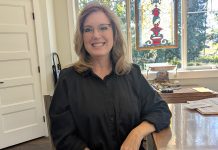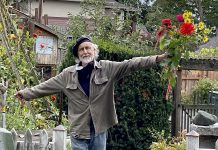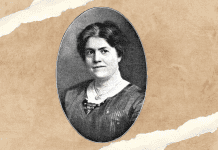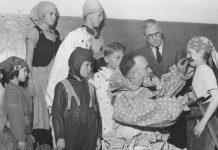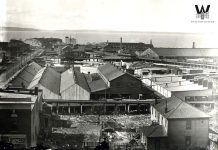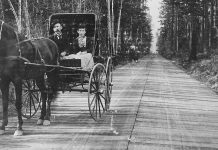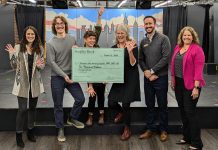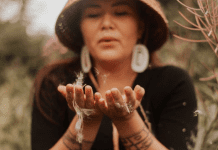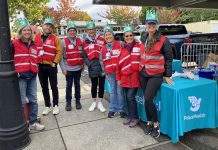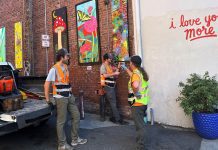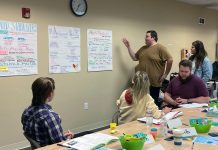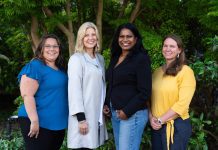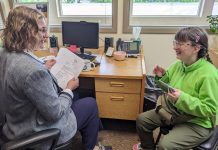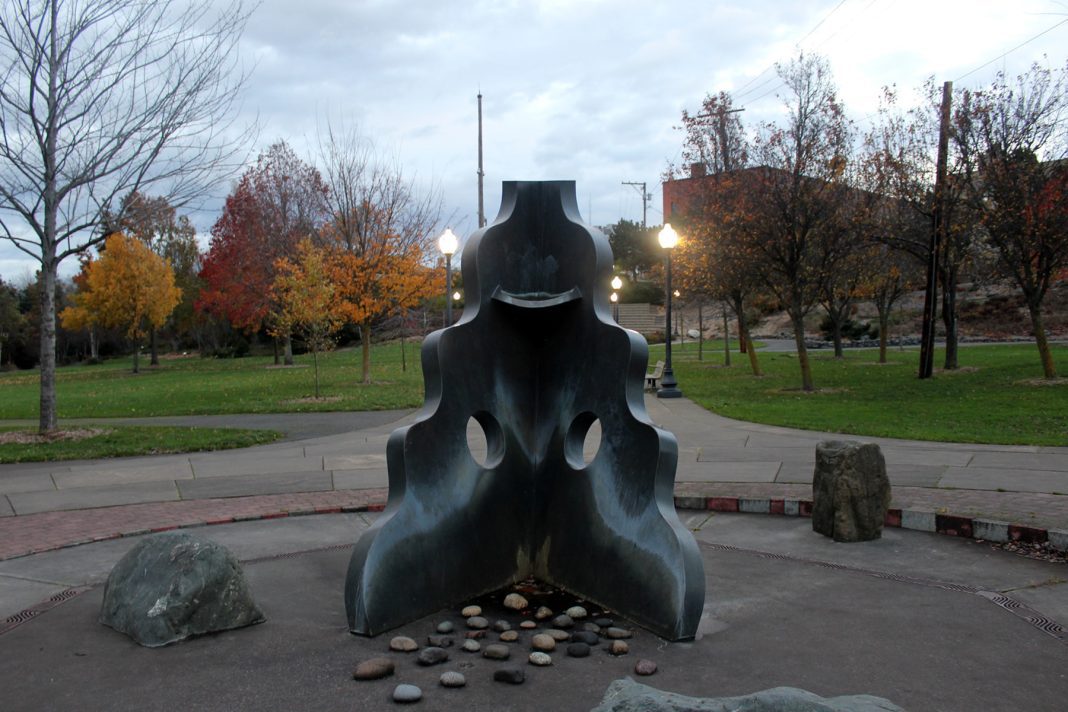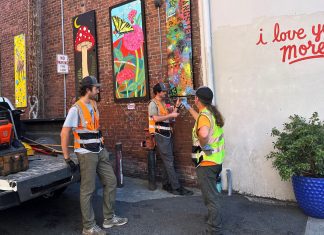When you grow up in the Pacific Northwest, public school means salmon school. We learn about the salmon’s life cycle as an eternal return from freshwater to seas and back again. We recite the old mnemonic for the five species on one hand: thumb for chum, index for sockeye, middle for king, ring for silver, pinky for pink. In Bellingham, Maritime Heritage Park reflects these lessons with a scenic vantage point on the salmon’s journey from Whatcom Creek into the harbor.
Located on the traditional lands of the Lummi and Nooksack People, Whatcom Creek gets its name from the word for “noisy, rumbling water” in both peoples’ languages. From 1852 to 1885, the Roeder-Peabody Mill operated at the present-day park site — and the ruins of its concrete foundations still stand on the creek bed. Maritime Heritage Park started in 1978 when its fish hatchery restored the area from a sewage treatment plant and industrial waste site.
At the northwestern edge of the park, Bellingham Technical College operates the Washington Department of Fish and Wildlife salmon hatchery, which rears salmon in the spring and releases them in the fall. Perry Center, the central building near the holding ponds, hosts the BTC Fisheries and Aquaculture program to maintain the hatchery. At the southeastern side, the City of Bellingham operates the Environmental Learning Center to educate schoolchildren on field trips.
For community members, Maritime Heritage Park provides many self-guided learning opportunities to discover both natural and artistic beauty.
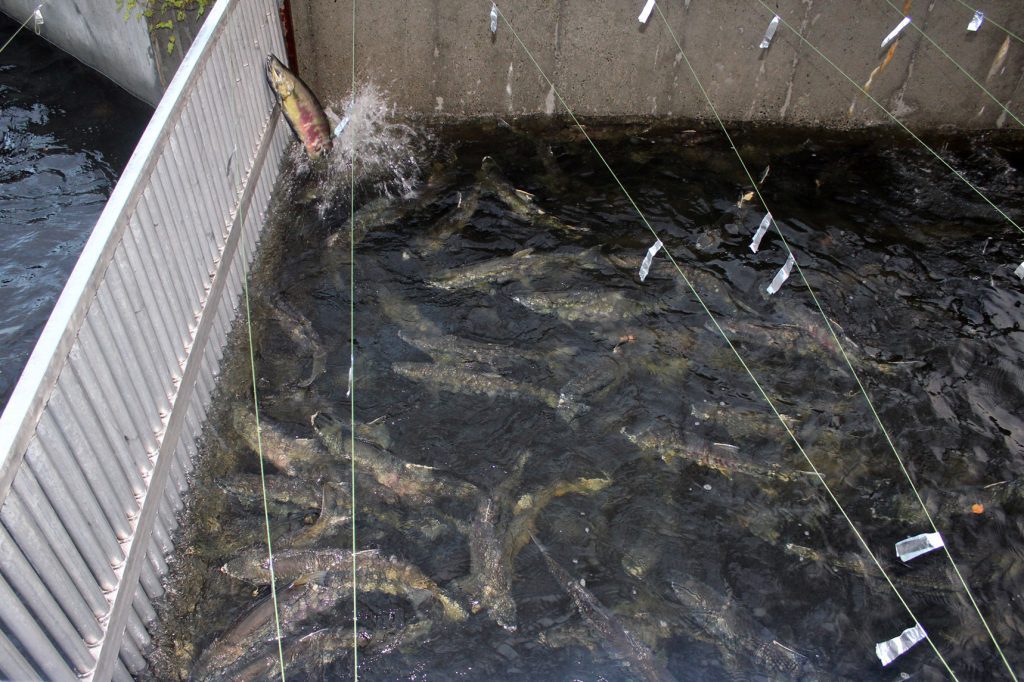
Interpretive Signage
At the BTC salmon run and holding ponds, numbered signs explain each step of the salmon life cycle at their junction. Visitors can view juvenile salmon in the holding ponds in spring and mature salmon heading seaward in the salmon run in fall. Still other City of Bellingham signage describes the area’s history and ecology.
The City of Bellingham collaborated with Columbia Elementary School students in 1995 and Whatcom Middle School students in 2010 to create the Native Plant Trail signs. These signs showcase children’s drawings with information on the ethnobotany of native plants’ uses, their habitat value, and their physical characteristics. The trail runs along the east side of the creek.
For more place-based learning, the City of Bellingham offers the Ecology Field Journal. This interactive printout uses science questions and word games to acquaint children and adults with the riparian environment they find walking through the park.

Whatcom Creek Salmon Art Trail
Local artists have honored the natural beauty of salmon and other local features all along the Whatcom Creek Salmon Art Trail — which the City of Bellingham’s map depicts in the shape of a salmon.
The eastern field features boat-inspired sculptures: Phillip Baldwin’s “Four Ages of the Seas” (2000) and Gerard Tsutakawa’s “Confluence” (2000), which runs a fountain in the warmer seasons.
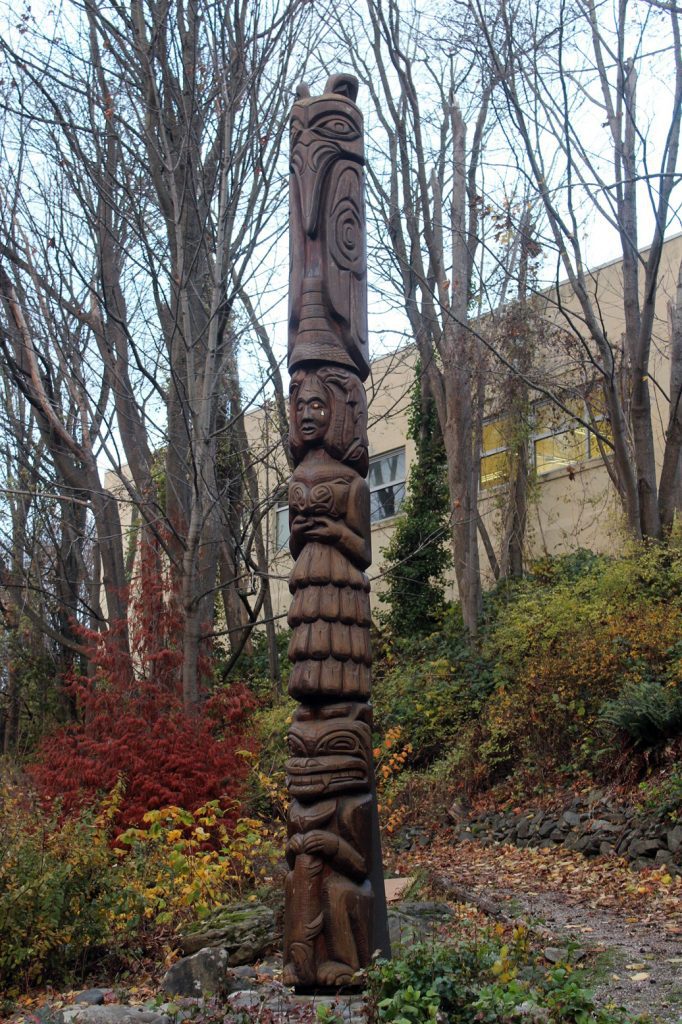
On the east edge of the creek, the 1997 Salmon Woman Totem by Lummi House of Tears Carvers conveys the traditional Coast Salish story of Salmon Woman, Raven, and Bear. Steve Seymour’s “Steel Salmon Going to Salmon Woman” and “Returning Salmon” complement this pole, depicting salmon in constructed stream beds swimming to and from the creek. On the northernmost trail, Mike McRory’s “Eagle Memorial Totem” (2000) commemorates the victims of the 1999 Olympic Pipeline explosion.
At the west creek bank, Elizabeth Conner’s “Quiet Middens, Noisy Waters” (2000) uses concrete pilings to represent the area’s industrial history as a landfill.
Still other art installations fall outside the park boundaries. “Centennial Story Pole,” outside the Whatcom County Courthouse, started with Joseph Hillaire in 1953, and Felix Solomon and Scott Jensen restored it in 2007. The 1990 “Centennial Mural” by East Los Streetscapers on Prospect Street, once depicting salmon and native villagers, has since been replaced due to disrepair.
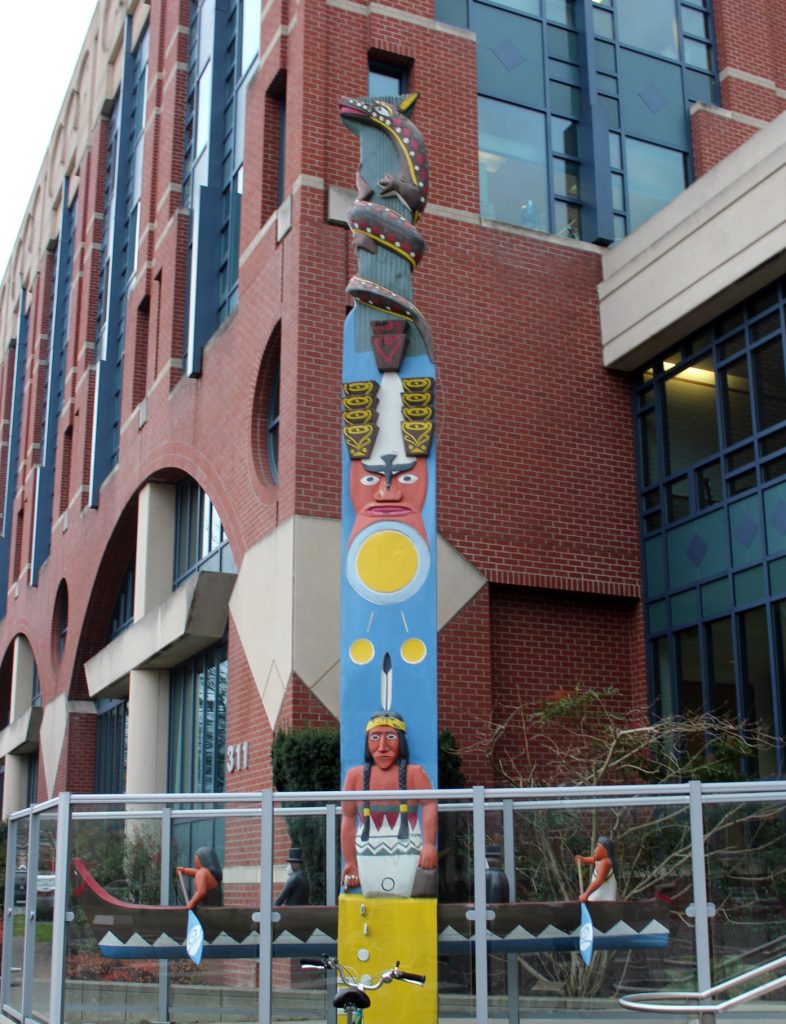
Further Exploration Downstream
Maritime Heritage Park’s other amenities include an amphitheater reservable for public events and performances, picnic tables, and a children’s slide. The highway bridge above the northern waterfalls provides one of Bellingham’s locally iconic views. From the amphitheater and fields, you can view the waterfront to the south and Whatcom Museum’s historic building to the north.
The City of Bellingham and Nooksack Salmon Enhancement Association (NSEA) jointly maintain the BTC fish hatchery and frequently arrange work parties to repair riparian habitat. NSEA offers educational and stewardship programs at this park and others in Bellingham’s watershed.
Perry Center and other BTC facilities are occasionally open for public tours, and Fisheries and Aquaculture students typically take all their courses there. Further north along Whatcom Creek, you can observe another BTC salmon hatchery at Whatcom Falls Park.
Between its natural environment changing and public displays remaining constant, Maritime Heritage Park gives Bellingham many reasons to return with the seasons like the salmon before them.

